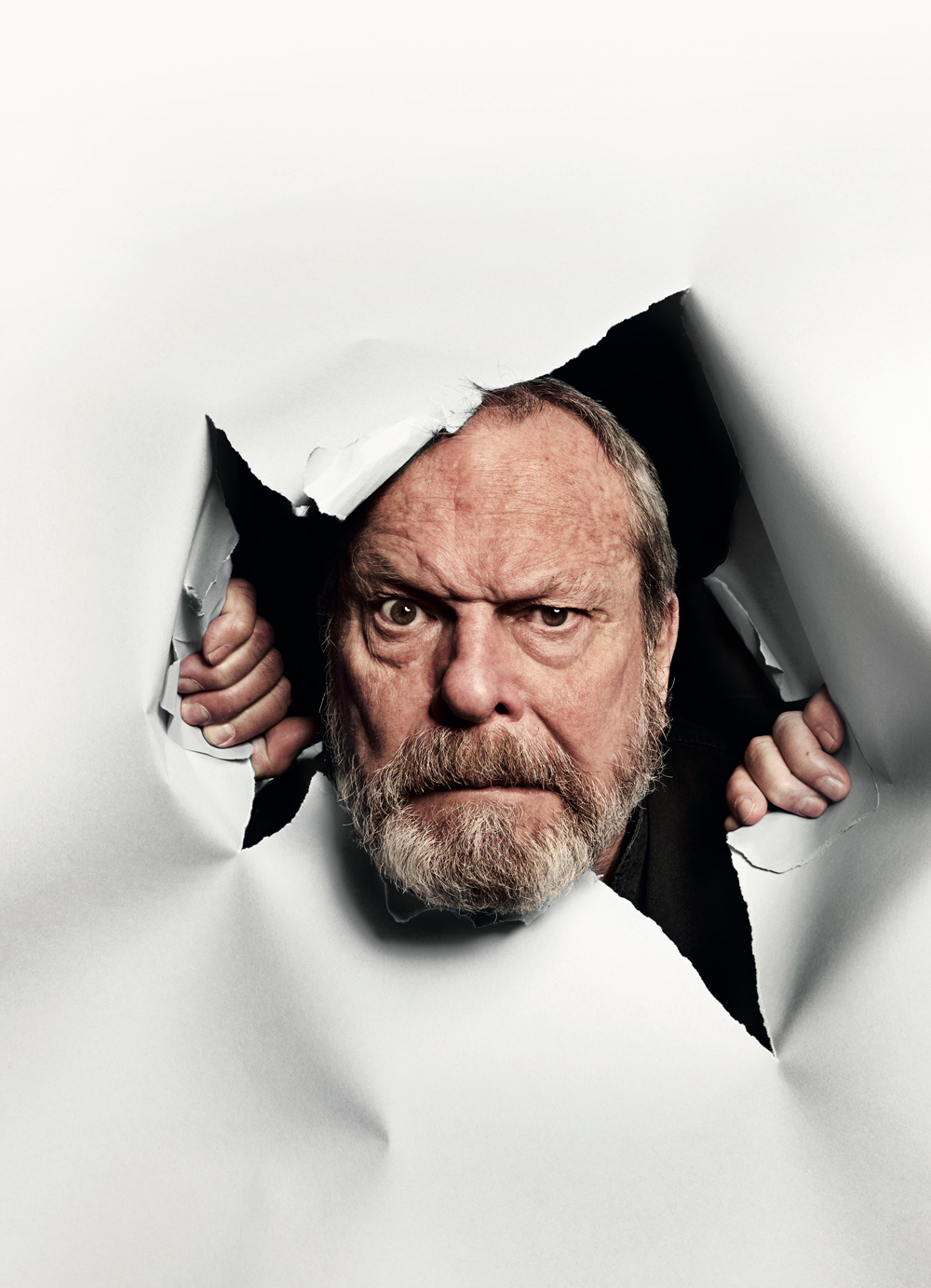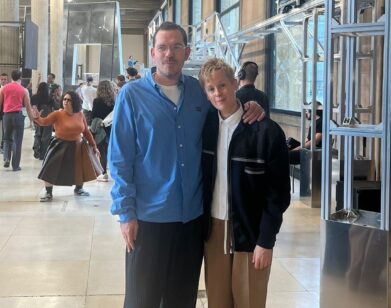Terry Gilliam

It is possible that director and actor Terry Gilliam is as well known for a movie that he did not make as for the many brilliant films he did. Over the course of Gilliam’s more than 40-year career, one film that particularly stands out is the 2002 documentary Lost in La Mancha, a behind-the-scenes making-of movie that turned out to be an unmaking-of movie about Gilliam’s cartoonishly embattled production of The Man Who Killed Don Quixote. Like La Mancha, many of the films Gilliam has managed to bring to the screen—from the genre-splattering and era-defining totems of Brazil, The Fisher King and Time Bandits, to the cultishly beloved Fear and Loathing in Las Vegas and 12 Monkeys—are at least a little bit about Gilliam’s process. By accident or design, his movies, Gilliam says, often come to resemble their own making.
Last month, Gilliam released Gilliamesque (Harper Design), a kind of illustrated memoir detailing his Minnesota childhood, his straight-laced adolescence in the San Fernando Valley, his work as a cartoonist in New York in the ’60s, and his wanderings to Europe and finally London, where he was a founding member of Monty Python’s Flying Circus. It may not surprise you to learn that Gilliam’s life has at times been as picaresque and entertaining as his movies about visionaries, madmen, and societies gone wrong. As Gilliam once again tilts at the windmill of The Man Who Killed Don Quixote, with yet another already-sticky production, we talked about bit about his “quantum” style of filmmaking, the limits of comedy, and that bastard Red Knight.






